Car Modders' Hall of Fame: The 1980s
The 1980s were an “excess all areas” decade, and nowhere was this clearer than the modified cars of the period and the people carrying out this work. Nothing was sacred and no modification was too outlandish, even if some exhibited more ambition and imagination than engineering know-how. However, there were others who knew exactly what they were doing, so let’s have a look at these leaders among 1980s car modders.
One of the most famous names of all in the modified car scene is Boyd Coddington. As well as his work on cars, he became a pioneer of the restomod television car programme as cameras followed his work. This was later in his career though, and what made him noted in the 1980s was the trademark fuss-free looks of his creations. His career also bridged the divide between the more traditional modders of the 1960s and 1970s and the emerging talents of the later period.
Coddington made his name in the early 1980s with the 1933 Ford Coupe built for Vern Luce. It won major awards and featured on the covers of many magazines, and more importantly made Coddington one of the go-to shops if you wanted a sleek hot rod that epitomised the genre. By the end of the 1980s, Coddington had his design style down to a tee, but it didn’t prevent him from innovating. This is ably demonstrated by the 1989 CadZZilla that he made for ZZ Top musician Billy Gibbons. Now regarded as a seminal hot rod, the 1949 Cadillac Coupe is arguably the car most associated with Coddington and what catapulted him towards television fame.
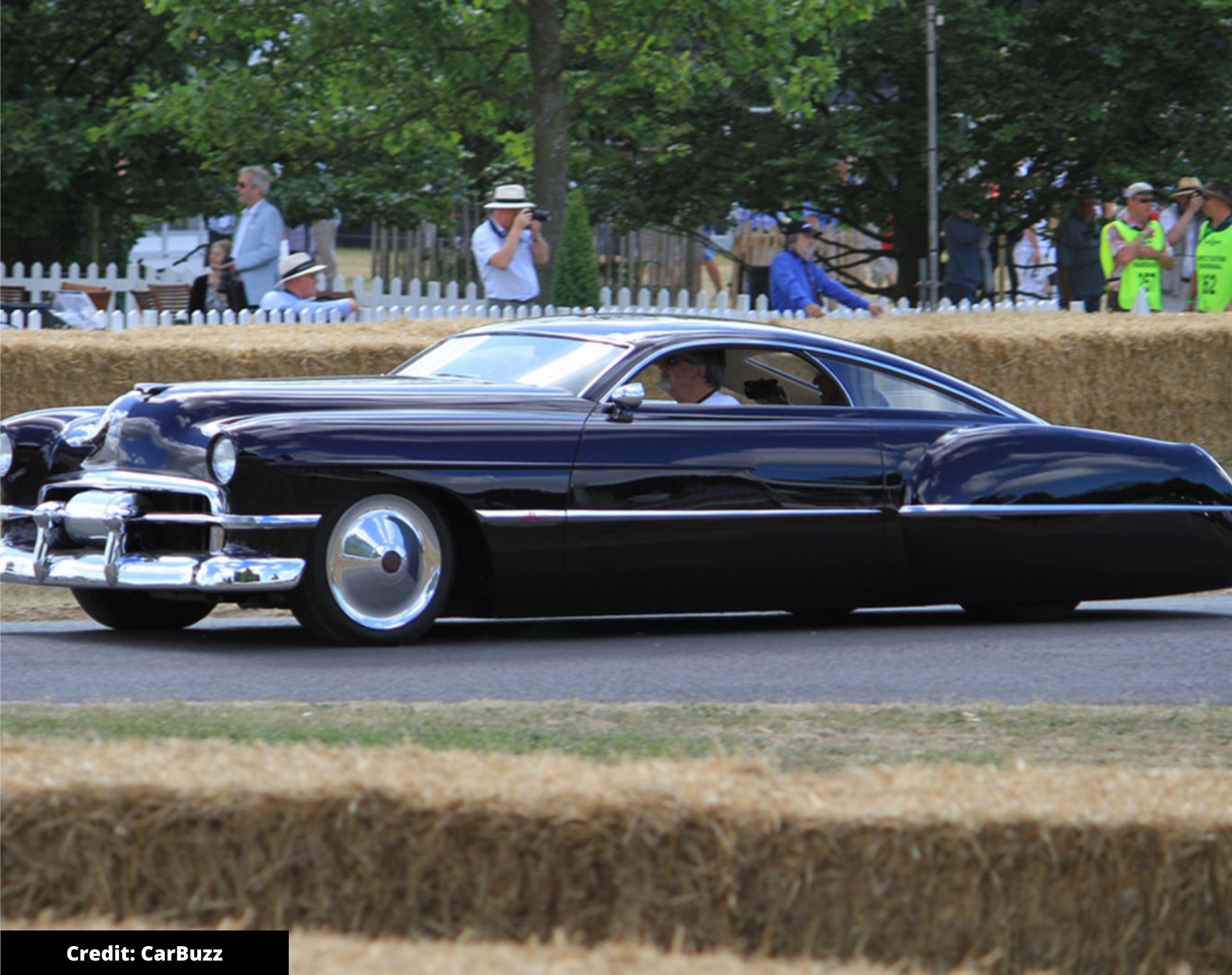
Over in the UK, a quieter and less publicity conscious modder was also busy grabbing plenty of column inches with his creations. This is none other than Andy Saunders, who many will not of have heard of, but will recognise his cars such as Claustrophobia, which set a world record for the lowest car that could be driven on the road. It sat just 34.5-inches tally and was based on a Mini, complete with engine poking through the bonnet.
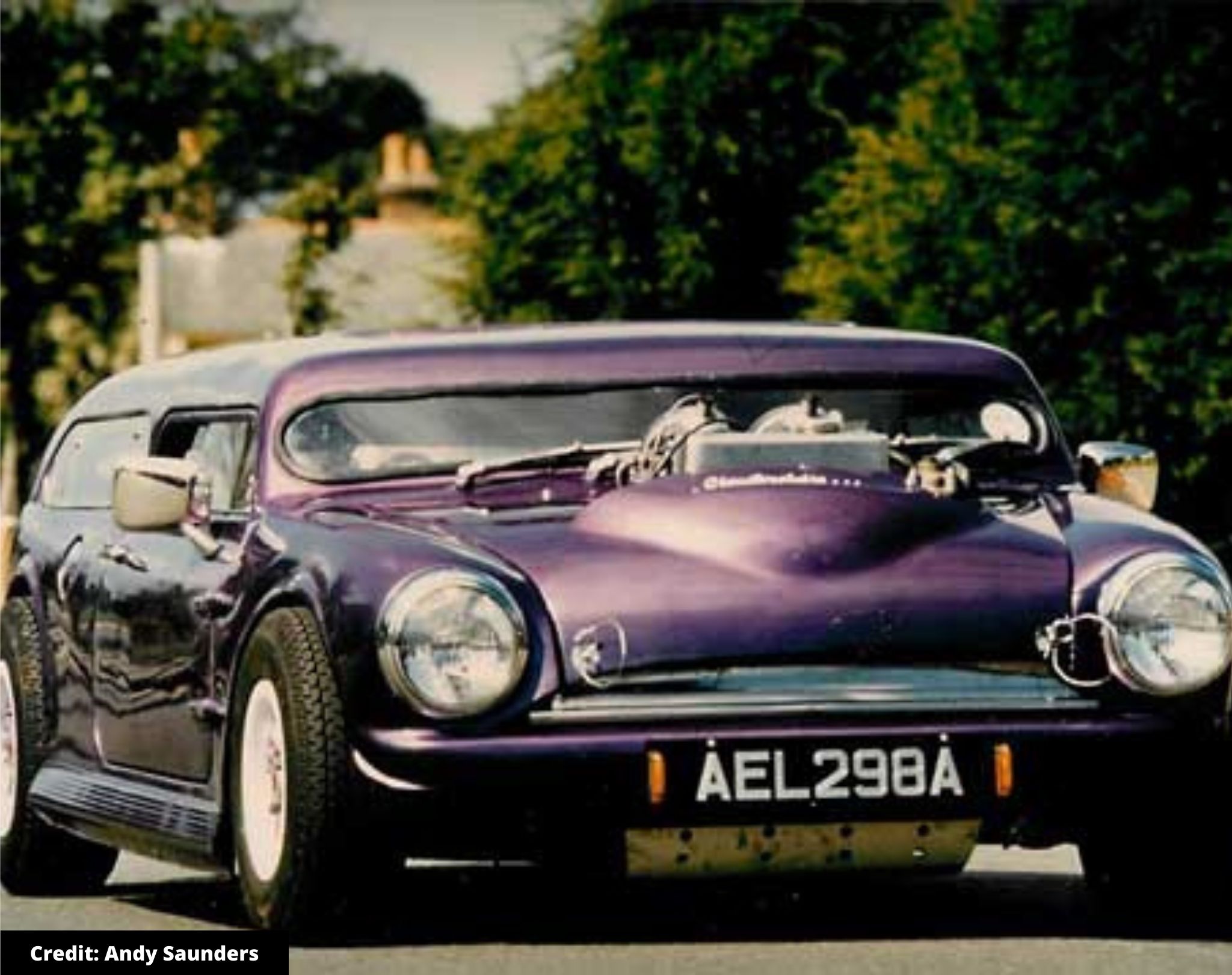
Saunders’ sense of humour has always shone through in his cars, as can be seen in his Citroen 2CV called The Picasso. Like the artist that inspired this car, nothing was where you expected it to be yet the humble French machine still drove perfectly. Other projects took their cues from lowriders, classic hot rods, and concept cars, which all proved that Saunders is possibly the most eclectic and able car modder of all time and not just the 1980s when he rose to prominence.
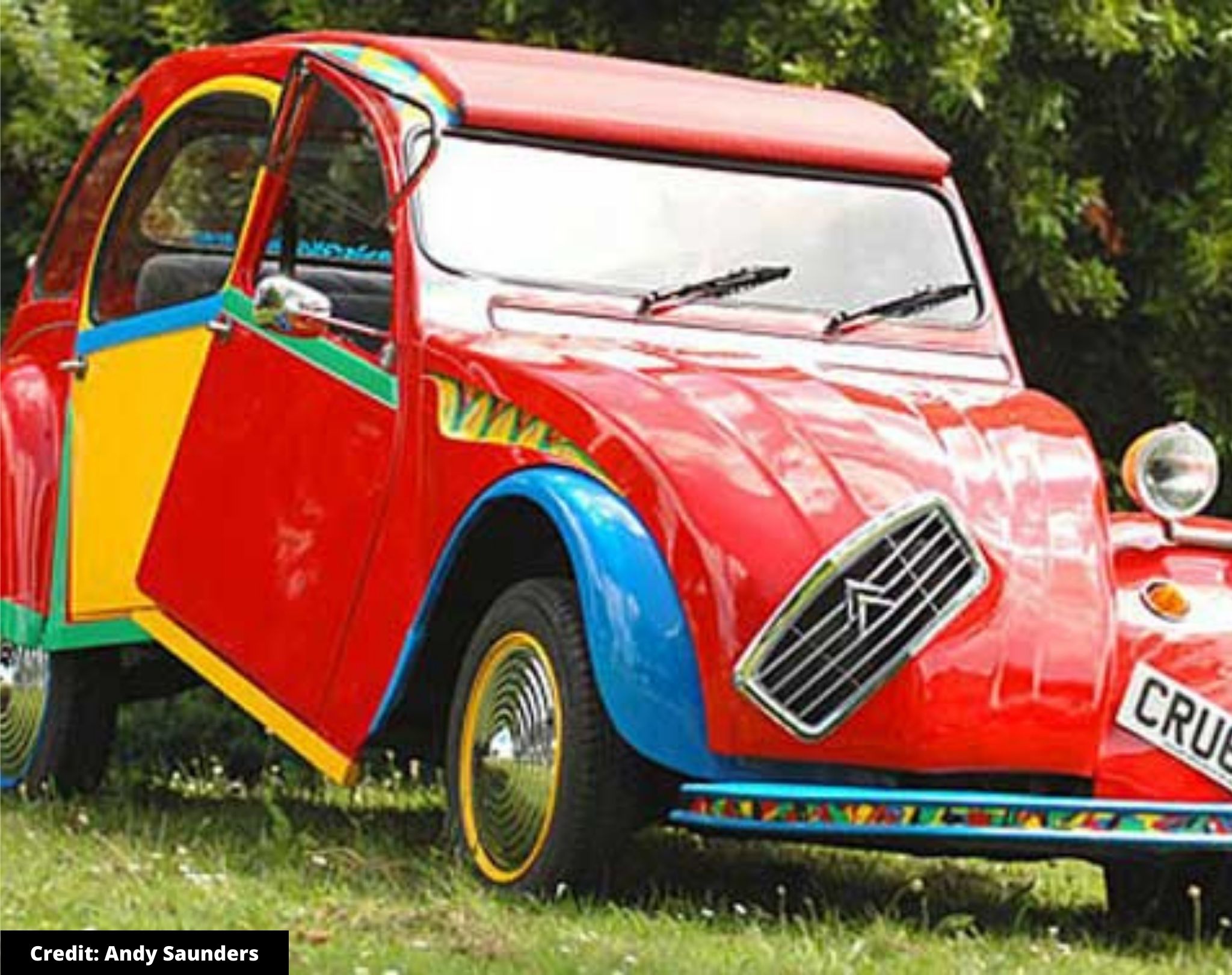
While Saunders used a number of mainstream cars as the basis for his work, others looked to the opposite end of the spectrum. One of the prime movers in this arena in the 1980s was Koenig, led by founder Willy Koenig who saw supercars such as the Ferrari Testarossa as a mere starting point for performance and styling. As a former racing driver, it’s understandable that Koenig might feel underwhelmed by the performance of road cars. As a result, he set about improving them and went on to make twin turbo kits for the Ferrari that boosted power to a sensational 700bhp.
What made Koenig stand out from other companies that also claimed to increase the power of engines to amazing levels is that Koenig backed it up with on-road driving tests. He also knew how to make these cars handle better, stop better, and keep cool while generating so much power thanks to his background in motorsport. His work also extended to BMW, Lamborghini, Mercedes, and Porsche, and Koenig still offers upgrades that could see your Testarossa making 1,000bhp.
Another modder to emerge around the same time is Karl Rinderknecht, better know for his company Rinspeed. He was just as keen on increasing the power of his cars with turbos as Willy Koenig, but Rinspeed also wanted its cars to stand out on looks alone. He more than achieved that with a gullwing-doored Volkswagen Golf GTI in 1981. It set a tone for other Rinspeed cars to follow and the company became the leading exponent of the gullwing door as an ultimate expression of 1980s modifying.
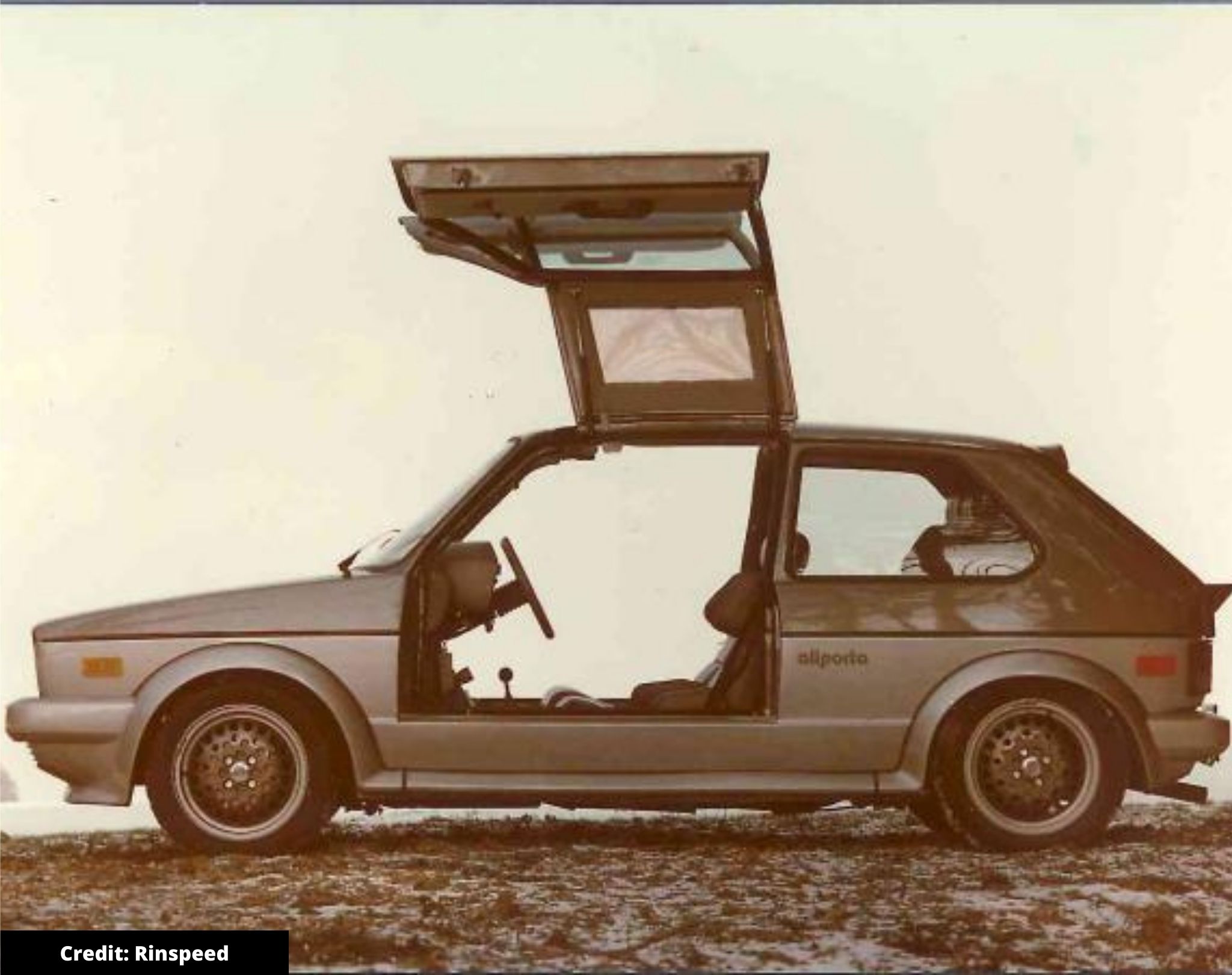
Rinspeed could also tune a car very well and the 1981 Golf came with a turbocharged motor. However, the engineering ability of Rinspeed took a big step forward in 1983 with its take on the Porsche 911 Turbo. From there, no upmarket car of the decade was safe from the attentions of Karl Rinderknecht and his work on Porsche and Mercedes models made him a regular fixture in modified car magazines as well as inspiring an entire modifying scene in the UK that was encapsulated in the magazine Max Power in the 1990s.
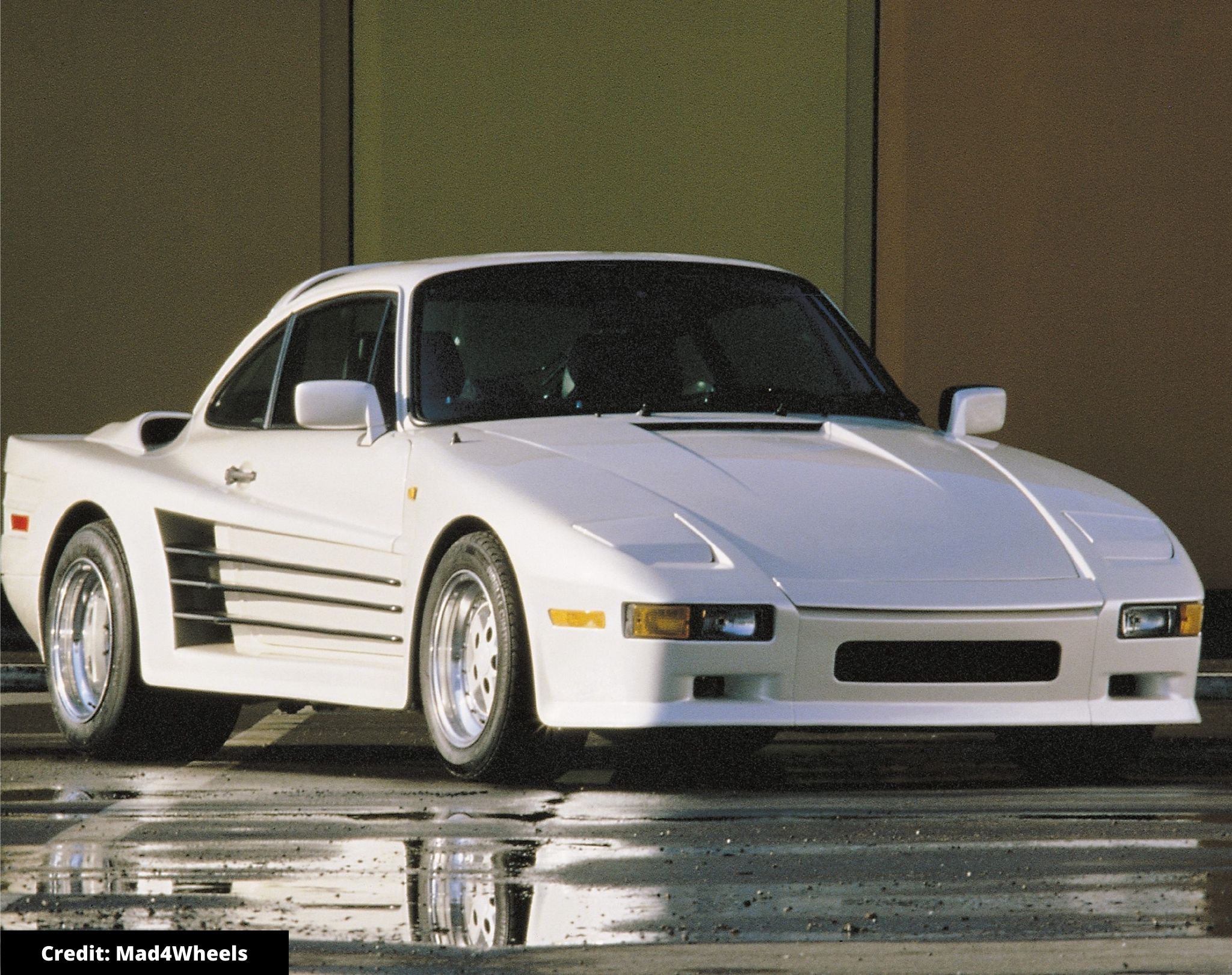
So many of the cars modified in the 1980s used turbocharging to make the power gains desired by their builders, but few were more able at this than Callaway. Based in Connecticut in the US, Callaway grew from company founder Reeves Callaway’s engineering knowledge and belief in using turbocharging to generate more power without the need for expensive traditional tuning methods. He was proved right and went on the develop turbo kits for many makes and models of car, but Callaway has become synonymous with Corvette.
What sealed Callaway’s reputation with Corvette owners was the Callaway Twin Turbo Corvette and the company sold 510 of these uprated cars in the mid to late 1980s. With two turbos under the bonnet, this model produced 345bhp in a modest state of tune and retained its factory warranty. Yet it wasn’t long before the Corvette was being pushed much further and an uprated Twin Turbo set a top speed of 231mph during a magazine test. This led to the Sledgehammer that set a world record 254.76mph top speed for a street legal car.
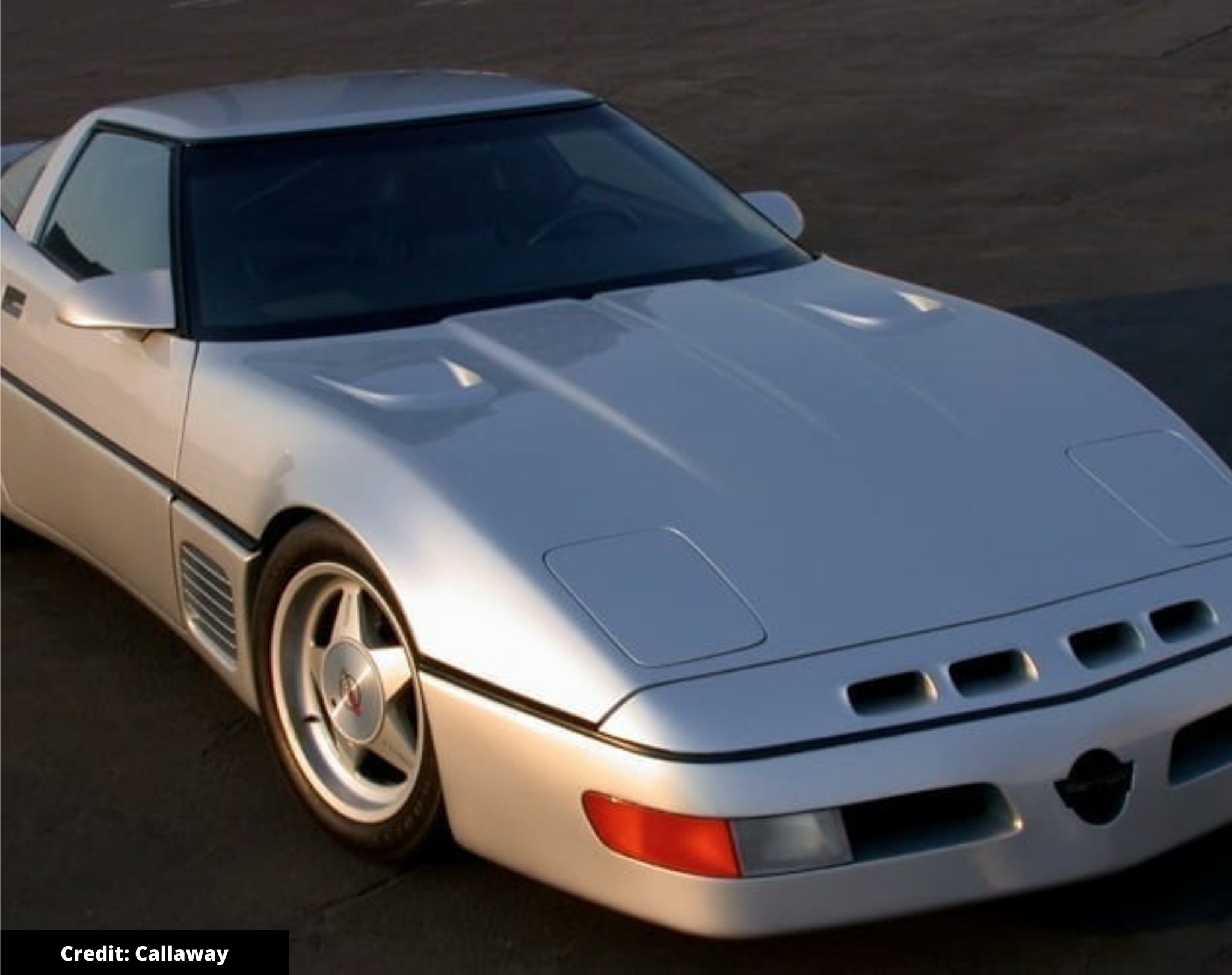
While it’s easy to poke fun at some of the trends that emerged in the 1980s, all of these modders included here have had a lasting impact on car culture that continues to this day.
Share some of your favourite modified cars from the 80s in the comments below.

COMMENT